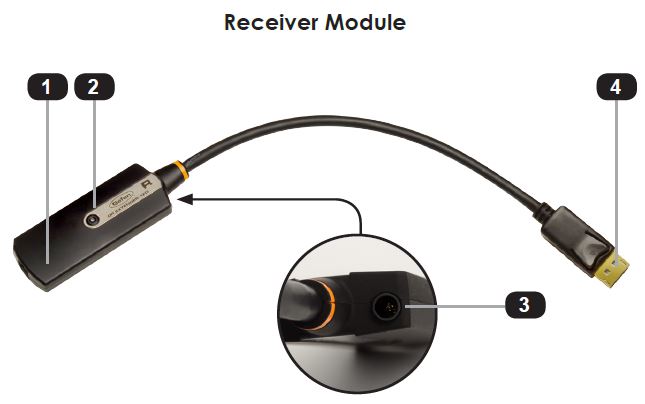Cp Dp
King circulator wood stove manual. • viledon CarboPleat and DuoPleat are used in intake, exhaust, and recirculated air filtration involving special requirements for clean air quality. • The activated-carbon media used in both types of filters is secured in an open structure by a newly developed bonding system. • The DuoPleat (DP) filters are made from a unique combination of activated carbon media and a triple-layered high performance non-woven. • The pleated filter media packs are mounted into plastic V shape panels and sealed, resulting in high media content, extended overall lifetimes and very low pressure drop.

• viledon's CarboPleat and DuoPleat extended surface filters protect systems from damaging pollutants. • Thermal stability: 160 degrees Fahrenheit • CarboPleat removes pollutant gases and unwanted odors.
DuoPleat combines high efficiency particulate filtration with removal of pollutant gases and odors. • viledon's development team is continually creating new products to serve emerging markets and meet changing specifications.
8 days ago Tags: cp-plus-2019, hands-on, voigtlander. View Comments (111) Comments. All (111) Most popular (6) Editors' picks (0) DPR staff (0) Oldest first. I like that Voigtlander have at last abandoned their scalloped focus rings. I think it looks much classier with the straight knurling. I might buy this lens, as I have never. LH CPDP-2T3T-1 OSRAM Opto Semiconductors High Power LEDs - Single Color Hyper Red, 660nm datasheet, inventory, & pricing.
CP Versus DP: Understanding the Difference for our monthly e-newsletter the current issue to us!::: CP vs. DP CP Versus DP: Understanding the Differences Author: Frank Burgos, Have you ever wondered what the designation 'CP' or 'DP' on a plate cylinder gear means? Most of us are familiar with gear selector charts, but just what is the difference between CP and DP? How are they related to printing repeat length?
Here we'll explore some of the differences and learn how we can liberate ourselves from the charts. Let's begin by defining a few terms related to plate cylinders and gear construction: Printing circumference: The measurement of the circle described by a point on a plate's printing surface while printing. It is equal to the plate cylinder repeat. Pitch Circle: The imaginary circle on a plate cylinder gear that corresponds to the printing circumference. CP: Stands for 'Circular Pitch'. It's the distance from a point on a gear tooth along the pitch circle of the gear to the corresponding point on the next gear tooth.
Therefore, it's the difference in repeat between a plate cylinder and the next one in size. DP: Stands for 'Diametral Pitch'.
It's a ratio equal to the number of gear teeth per inch of printing diameter. Pi: The ratio between the diameter of a circle and it's circumference. Pi = 3.1416 (to four decimal places) Pi x diameter = Circumference Circumference / Pi = Diameter CP Gears: With CP gears, repeat length calculations are straightforward. If we have 1/8' CP plate cylinder gears, this means that we have a total of 1/8' repeat length for every tooth on the gear; 1/4' CP means that we have a 1/4' repeat per tooth and so on. Therefore, to calculate the total repeat, all we need to do is multiply the number of teeth by the CP.